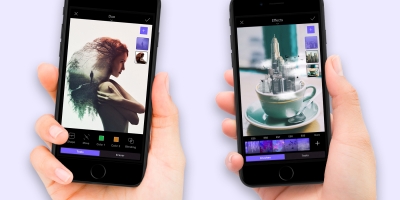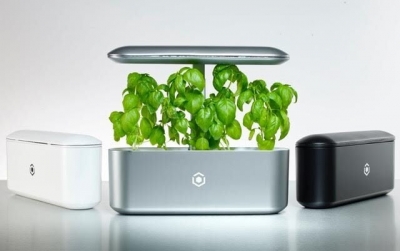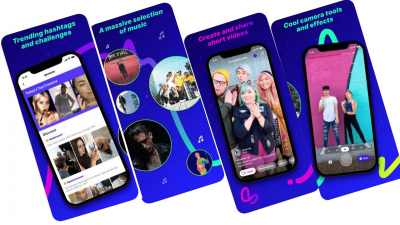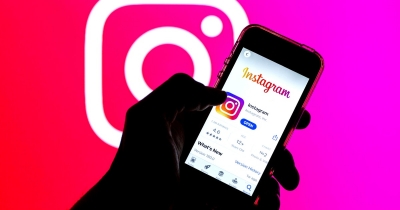80% of india's frogs face extinction
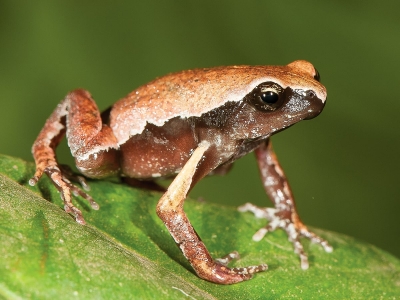
Nearly 80% of the frogs in the country are on the verge of extinction and some of the species have already vanished due to their shrinking habitat caused by human incursions, says amphibian scientist Dr SD Biju. He added that the shrinking rate of frogs worldwide is 74%, but in India it is more than 80.
Amphibian frogs are one of the most endangered; common species like the fungoid frog (Rana Malabarica) are rarely seen in some of its best habitats in the country. The Indian Purple Frog, an endangered species found in the Western Ghats, is also facing extinction.
"Amphibians are an important part of our ecosystem. They are environmental indicators because of their sensitivity towards small changes in the environment. They help us to predict the quality of our water systems and the surrounding environment," Dr Biju said, adding that they consume millions of pests thus helping farmers. Amphibians are also an important link in the food chain and are known as the conveyor belt of the ecosystem.
"Every year the country faces thousands of mosquito bite-related deaths. Many are talking about introducing fish that eat mosquito larva but we conveniently forget about the best pest killer, frogs," he said.
Picture Credit : Google

